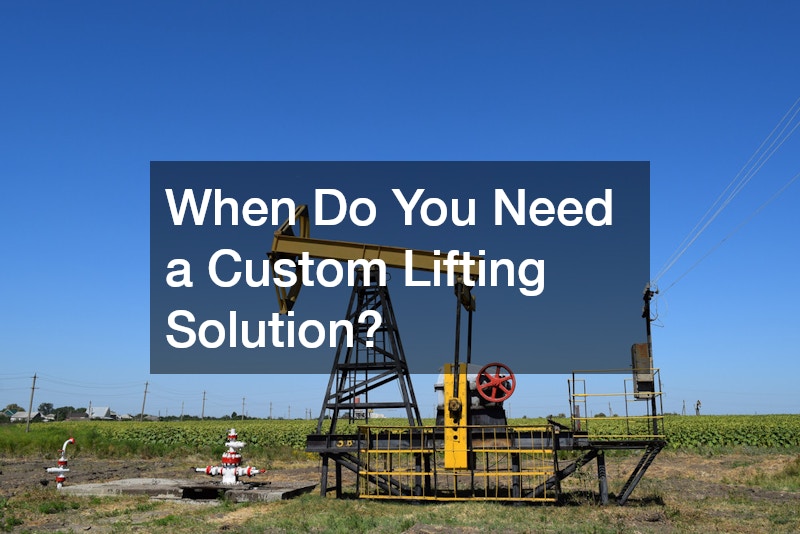

In industries where heavy lifting is a routine task, standard lifting equipment often meets the needs of many operations. However, there are specific situations where a custom lifting solution becomes essential to ensure safety, efficiency, and the successful completion of a job. Understanding when to invest in a custom lifting solution can significantly impact the productivity and safety of your workplace.
Unique Load Characteristics
One of the most common reasons for needing a custom lifting solution is when dealing with unique load characteristics.
Standard lifting equipment is designed for general purposes and might not accommodate the specific dimensions, weight distribution, or fragility of certain materials. For example, if your operation involves lifting large, irregularly shaped objects or loads with an unusual center of gravity, a custom lifting solution ensures that the equipment is tailored to handle these peculiarities safely. This could include specialized slings, custom hoists, or even bespoke rigging systems designed to fit the unique needs of your load.
Space Constraints
Another scenario where a custom lifting solution is necessary is when working within tight or confined spaces. Standard lifting equipment may not fit or operate efficiently in environments with limited overhead clearance, narrow passages, or restricted floor space. Custom solutions, such as low-profile cranes or compact lifting devices, are designed to operate efficiently within these constraints, ensuring that the job can be completed without compromising safety or productivity.
Specific Industry Requirements
Certain industries have unique lifting requirements that cannot be met with off-the-shelf equipment. For example, in the aerospace industry, the need to handle delicate and expensive components with extreme precision often necessitates custom lifting solutions. Similarly, industries dealing with hazardous materials may require equipment that is not only custom-designed for the load but also adheres to stringent safety standards specific to that industry.
Enhanced Safety Needs
Safety is a paramount concern in any lifting operation. In situations where standard equipment does not provide adequate safety measures for the load or environment, a custom lifting solution is warranted. This could involve the integration of additional safety features, such as specialized hooks, grips, or automated safety systems, to prevent accidents and ensure that both the load and the operators are protected.
Improving Operational Efficiency
Finally, custom lifting solutions are often required to improve operational efficiency. When standard equipment leads to slow or cumbersome processes, custom solutions can be designed to streamline operations, reduce downtime, and enhance overall productivity. Whether it’s through automation, ergonomic design, or tailored functionality, these custom solutions can provide significant long-term benefits.
.



